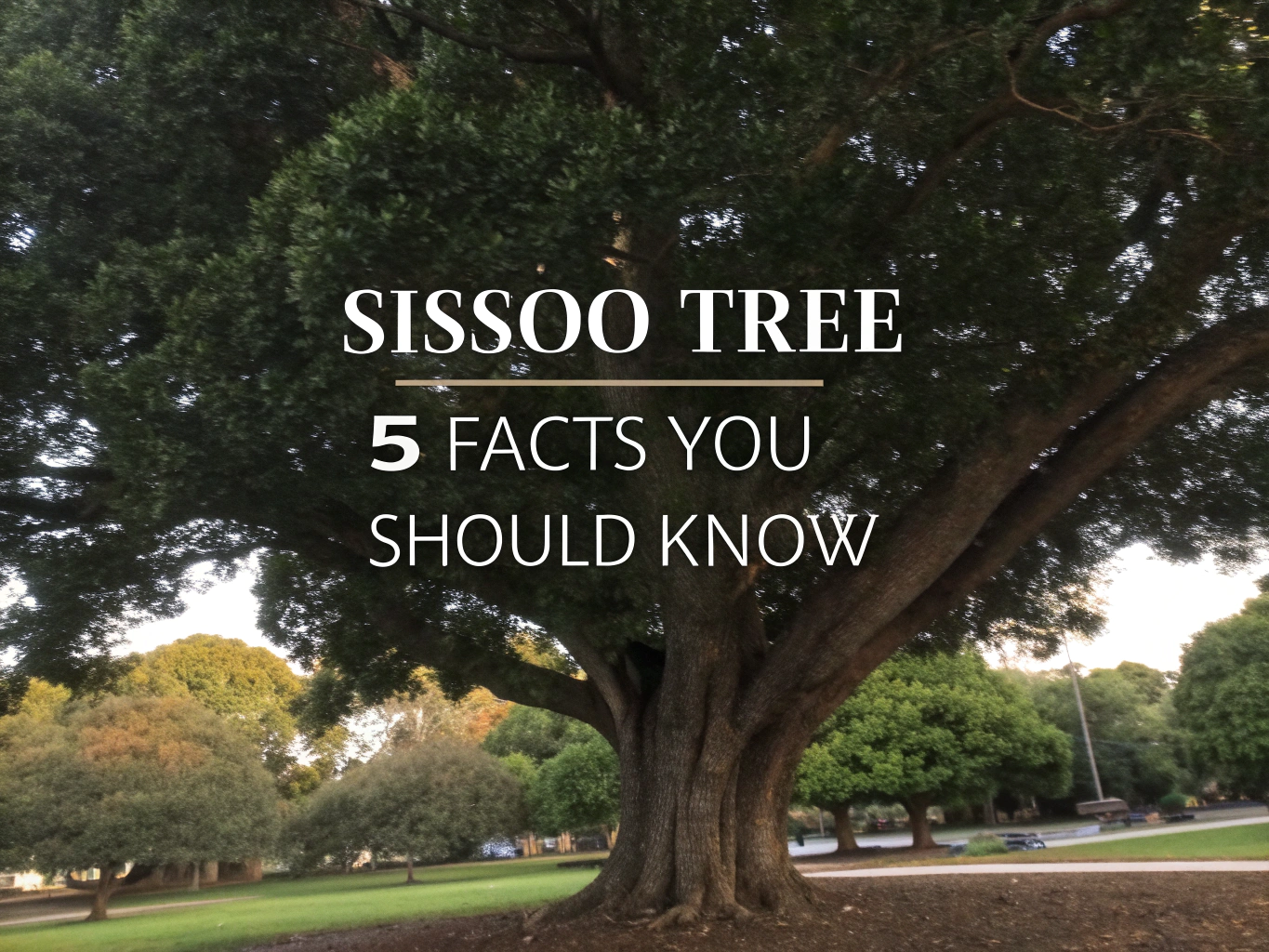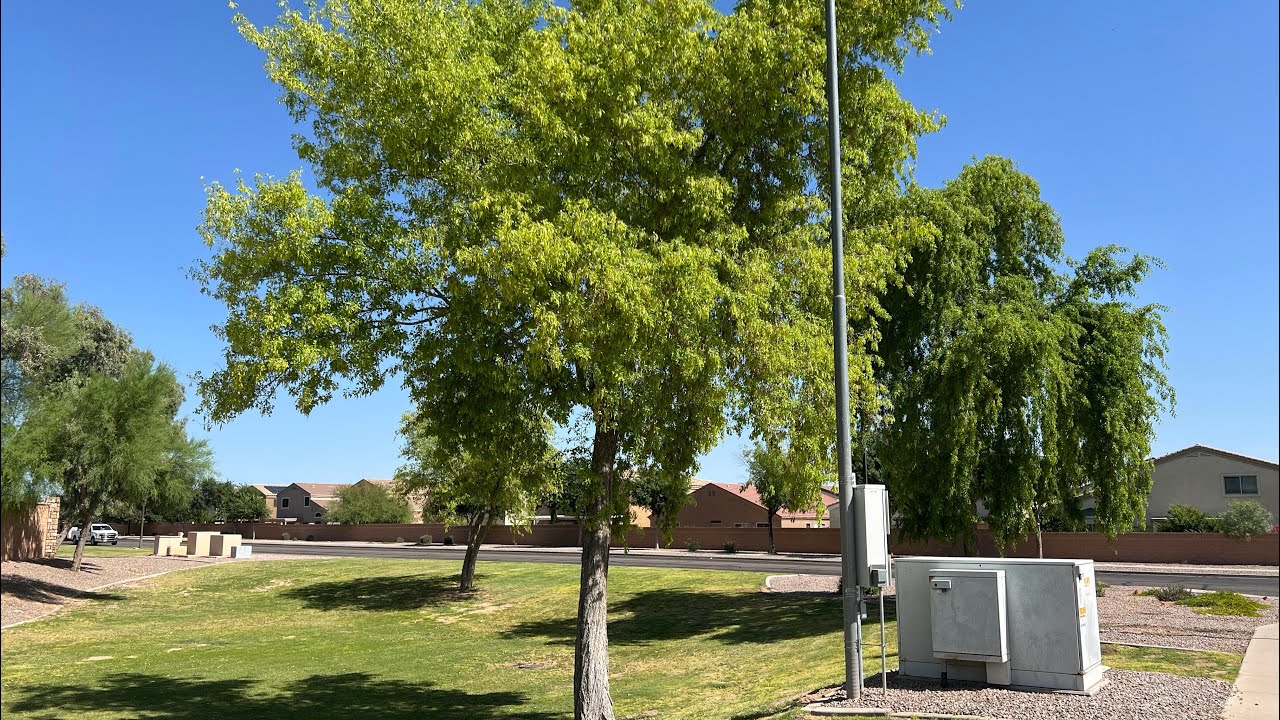
Sissoo Tree: 5 Facts You Should Know

Ever wondered about the towering tree providing shade in many Arizona landscapes? Meet the Sissoo Tree, a resilient and fast-growing marvel of the desert. Its ability to thrive in hot, dry climates and its striking appearance make it a favorite for homeowners and landscapers alike. Let’s uncover what makes this tree so special and why it’s more than just a pretty face.
Table of Contents
The sissoo tree (Dalbergia sissoo) stands out as one of the most adaptable and valuable trees for hot, arid climates, particularly gaining popularity in Arizona landscapes for its exceptional drought tolerance and rapid growth. This Indian rosewood species combines practical benefits like extensive shade provision with economic value through its highly prized timber, making it a dual-purpose tree for both landscaping and commercial applications.
The Sissoo Tree is a Fast-Growing Rosewood with Impressive Size
Native Origins and Alternative Names
The sissoo tree originates from the Indian subcontinent, including India, Nepal, and Pakistan, as well as southern Iran. People know this species by several names including Indian rosewood, north Indian rosewood, and “shisham” in its native regions. Arizona Arboretum notes that cultivators have successfully introduced this tree to arid and semi-arid climates worldwide.
Growth Characteristics and Physical Appearance
Mature sissoo trees typically reach heights of 40-60 feet, though optimal conditions can produce specimens up to 82 feet tall. The canopy spreads 25-40 feet wide, creating extensive shade coverage perfect for hot climates. These trees exhibit rapid growth rates, particularly when planted in full sun with well-drained soils.
The tree’s distinctive features include bright, lance-shaped leaves that tremble in the wind, creating cooling movement and sound. Trunks often grow crooked with light brown to dark gray bark that sometimes sheds in strips. Small, fragrant whitish or pink flower clusters appear in spring, adding ornamental value to the tree’s practical benefits.
Sissoo Trees Thrive in Arizona’s Desert Climate
Exceptional Drought Tolerance
Sissoo tree Arizona plantings have proven remarkably successful due to the species’ ability to survive up to four months without irrigation once established. Three Timbers Shop confirms that this extreme drought tolerance makes sissoo trees perfectly suited for Arizona’s challenging desert conditions. Property owners commonly choose these trees for quick landscape impact in hot, dry regions.
Climate and Soil Adaptability
Sissoo trees flourish in USDA zones 10 and 11, adapting to various soil types including saline and sandy conditions. They prefer full sun exposure and demonstrate remarkable flexibility in challenging growing conditions. Young trees show sensitivity to temperatures below 28°F, but mature specimens develop greater cold tolerance over time.
The Wood is Highly Prized for Premium Applications
Lumber Quality and Characteristics
The rosewood sissoo tree produces beautiful reddish-brown to dark brown heartwood that’s highly valued for furniture, cabinetry, and musical instruments. Wood Database describes the wood as resistant to decay and termites with a characteristic mild rosewood aroma. In India, sissoo ranks as the second most valuable timber tree after teak.
Economic and Commercial Value
Woodworkers classify sissoo as “durable to very durable” wood, making it ideal for specialty items requiring strength and density. The timber industry values this wood for its workability and attractive grain patterns. Manufacturers extract oil from the tree for cosmetics, particularly for anti-aging and anti-acne properties.
It Serves Important Landscape and Ecological Functions
Shade and Cooling Benefits
The tree’s large, dense canopy creates ideal cooling conditions for hot, dry environments, making it a popular choice for shading homes and public spaces in Arizona. Wildlife benefits from the branching structure for nesting sites, while seed pods provide some food value. The extensive shade coverage can significantly reduce cooling costs for nearby buildings.
Like other desert-adapted trees such as the mesquite tree, sissoo provides valuable ecosystem services in arid landscapes.
Environmental Considerations
Sissoo trees can become invasive in certain regions, particularly Florida and other warm climates where they spread aggressively through suckers and surface roots. Gardening Know How notes that the species naturally grows along riverbanks, indicating its resilience to both flood and drought conditions.
The Sissoo Tree Holds Cultural Significance and is Easy to Grow
Cultural and Regional Importance
The sissoo tree serves as the official state tree of Punjab, India, and the provincial tree of Punjab, Pakistan, highlighting its cultural significance in these regions. Traditional medicine practitioners use leaves and oils for various remedies, while modern applications continue to find new uses for tree extracts.
Growing and Maintenance Requirements
New plantings require regular watering for 1-2 years during establishment, after which they become extremely drought-tolerant. Minimal pruning is needed beyond occasional shaping and sucker removal. Propagation occurs through seeds or root sprouts, and the trees generally show resistance to most pests and diseases.
Similar to other drought-tolerant species like the manzanita tree, sissoo trees require patience during establishment but reward growers with decades of low-maintenance beauty.
Getting Started with Sissoo Trees
For those interested in growing their own sissoo trees, high-quality seeds provide the best starting point for successful cultivation.

North Indian Rosewood Tree Seeds
- High germination rate for successful planting
- Ideal for bonsai and gardening enthusiasts
- Sustainable option for reforestation
- Easy to plant and maintain
- Enjoy lush greenery

Colorful Dalbergia Sissoo Seeds
- Yields fragrant blossoms in various colors
- Easy planting process for beginners
- Perfect for adding diversity to gardens
- High germination ensures growth success
- Supports eco-friendly gardening
Additional Resources for Sissoo Enthusiasts
These comprehensive guides offer detailed breeding information and cultivation techniques for serious sissoo tree enthusiasts and professionals.

Comprehensive Guide to Sissoo Breeding
- In-depth exploration of Sissoo tree breeding
- Essential for forestry professionals
- Filled with expert insights and methods
- Supports sustainable forestry practices
- A valuable resource for tree breeders

Forest Tree Breeding: Dalbergia Sissoo
- In-depth Ph.D. thesis on Sissoo breeding
- Vital for forestry research and studies
- Provides comprehensive breeding strategies
- Enhances understanding of Sissoo tree genetics
- An academic resource for experts and students

Insightful Book on Sissoo Trees
- Easy-to-read overview of Sissoo characteristics
- Highlights ecological significance
- Includes cultivation tips
- Engages with vibrant illustrations
- Ideal for botanical enthusiasts
FAQs
What Are The Benefits Of Planting A Sissoo Tree?
Planting a Sissoo tree offers numerous benefits, such as providing shade and enhancing the landscape with its lush foliage. It’s a hardy tree that can thrive in various soil types and conditions, making it ideal for landscaping projects. Additionally, its wood is valuable for timber, and the tree plays a crucial role in maintaining ecological balance by absorbing carbon dioxide.
How Fast Does A Sissoo Tree Grow?
The Sissoo tree is known for its rapid growth rate, often growing between 3 to 5 feet per year under optimal conditions. This rapid growth makes it an excellent choice for quickly establishing privacy screens or windbreaks.
Is Sissoo Tree Wood Good For Furniture Making?
Yes, Sissoo tree wood is highly prized in the furniture industry due to its durability, strength, and beautiful grain patterns. It’s commonly used for making high-quality furniture pieces and cabinetry.
How Do I Care For A Sissoo Tree In My Garden?
Caring for a Sissoo tree involves providing adequate water, particularly during its younger years, to encourage deep root growth. It thrives in full sun and well-drained soils. Pruning should be done regularly to maintain its shape and remove any dead or diseased branches.
Are Sissoo Trees Invasive In Certain Regions?
In some regions, Sissoo trees are considered invasive due to their ability to spread rapidly and outcompete native vegetation. It’s important to check with local environmental regulations before planting them in areas where they may pose ecological risks.












